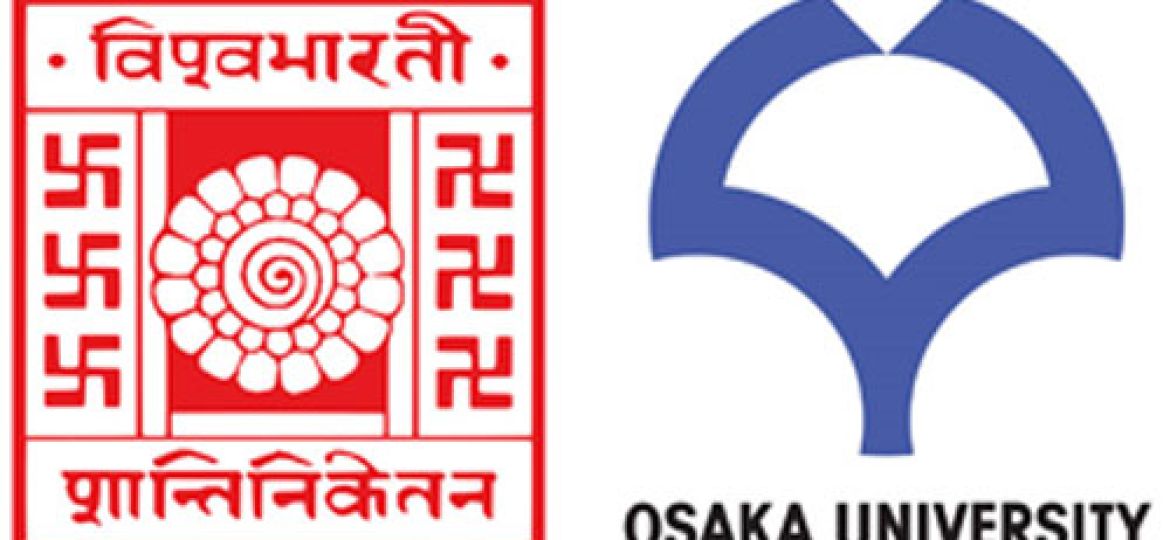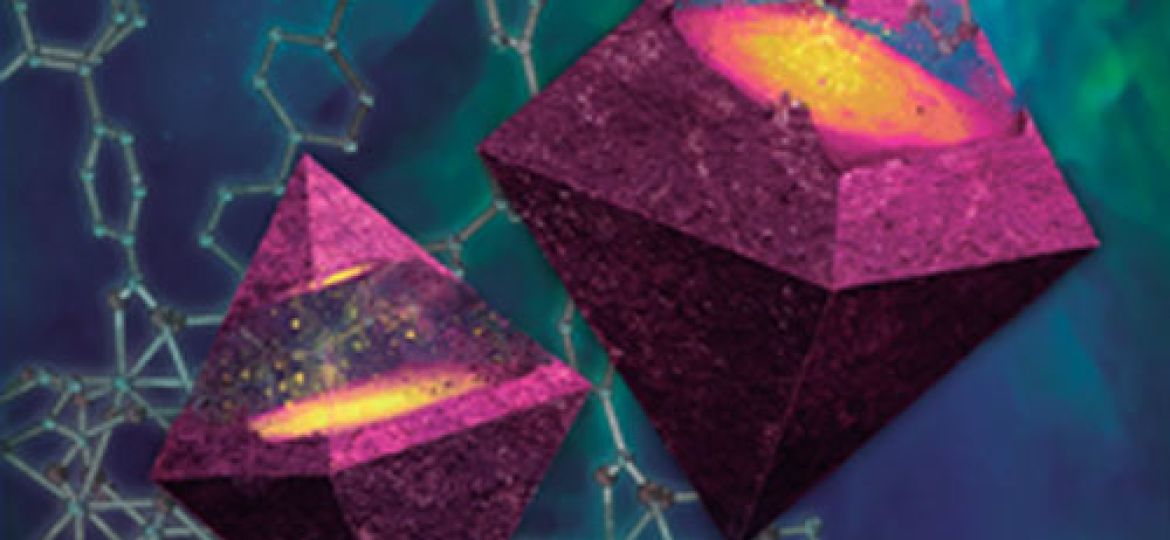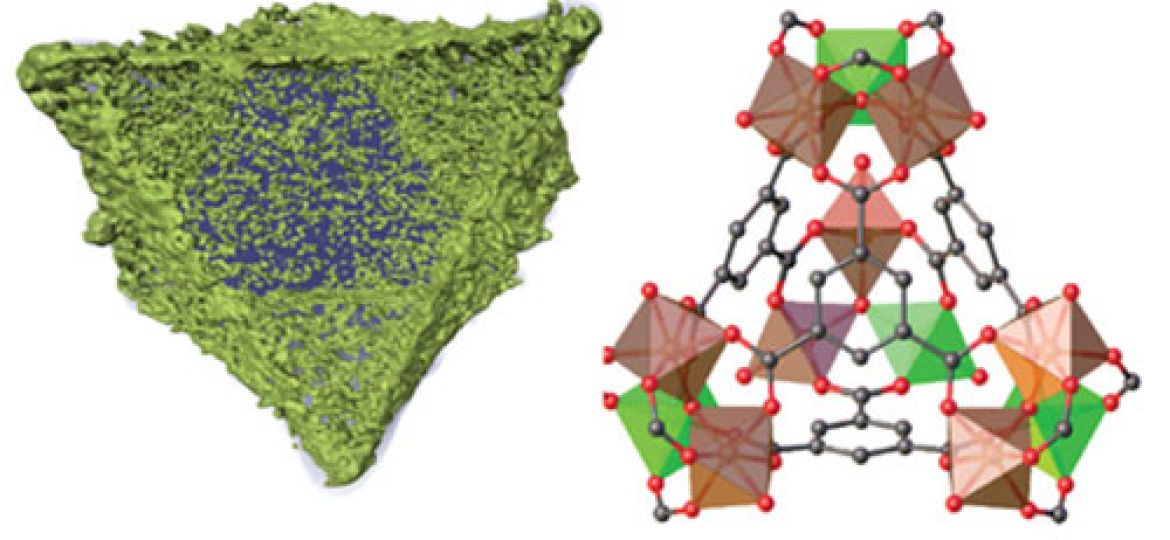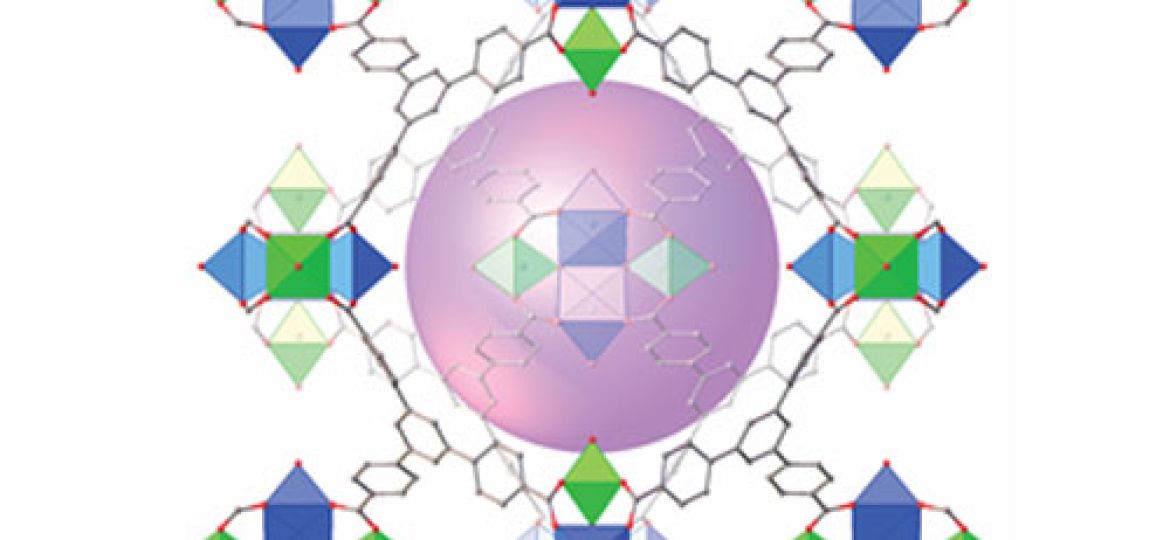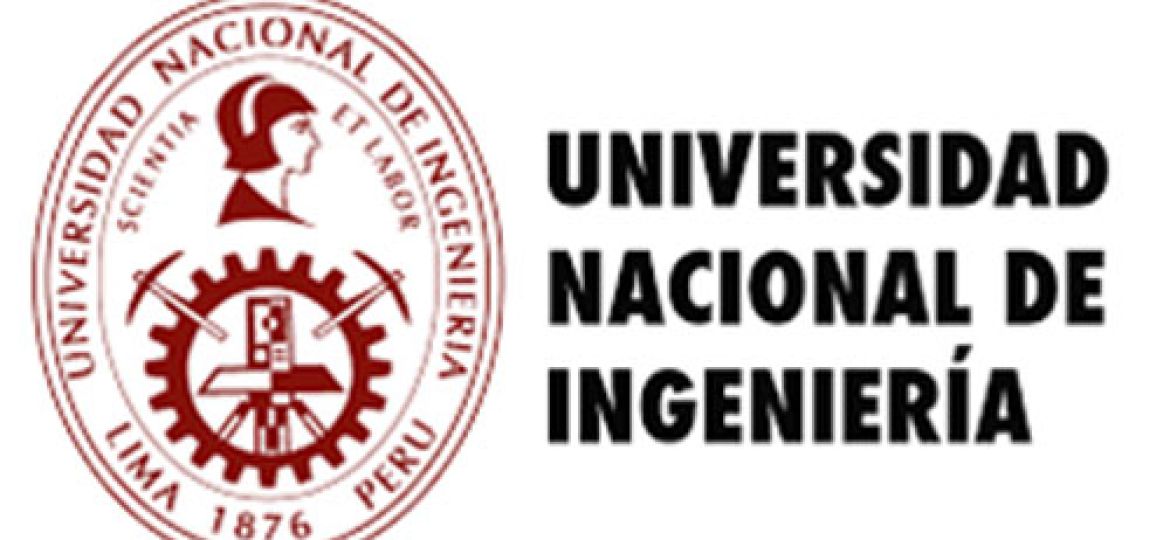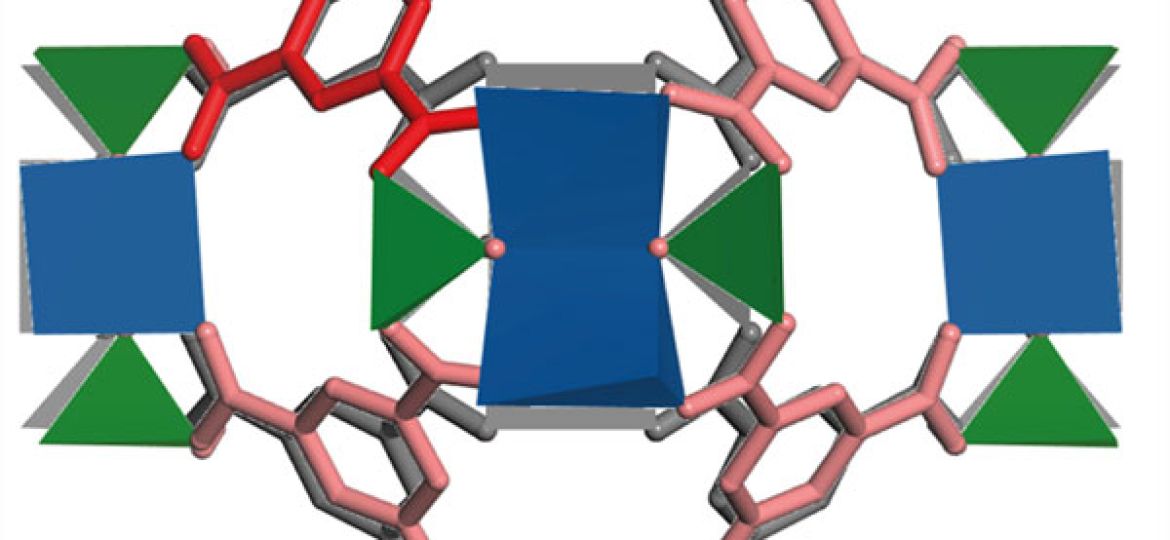FuniMAT was present at the International virtual conference on Advances in Molecular Materials Research that was organized by the Visva-Bharati, Jadavour and Osaka universities. Thanks for the invitation! See here for more info.
The work by Belén on the asymmetric distribution of linkers for controlling the photocatalytic activity of UiO-68 crystals has been highlighted as supplementary cover in JACS. Thanks to Natalia and the creative team of Principia for the excellent result. Hope you will like it!
Our entrepreneurial initiative Porous Materials in Action was selected by Impulse to Grow for participating in a mentorship program advises technology companies on M&A transactions and financing for the growth, consolidation, and expansion of the business. Thanks for the support and looking forward for starting our own start-up!
The work by Elena on the implantation of diamines in the heterometallic nodes of MUV-12 has been highlighted as an inside cover in Angewandte. Thanks to Javi for the graphical concept that was designed and produced with Blender.
Javi´s work during his stay in KAUST in J. Gascón´s group has been published in Chem Catalysis. The work illustrates the exciting possibilities offered by MUV-101(Fe) for the production of catalytic materials not accessible through traditional synthetic routes and opens the door to translating the atomic control of metal composition and distribution of the parent MOF onto complex mixed-oxide structures with industrial applications. Check the web for more info.
Elenas work has been published as hot paper in Angewandte. Her work introduces the first example of isoreticular titaniumorganic frameworks, MUV-10 and MUV-12, to show how the different affinity of hard Ti(IV) and soft Ca(II) metal sites can be used to direct selective grafting of amines for cooperative cycloaddition of CO2 to epoxides at room temperature and atmospheric pressure. Check the web for more info.
Yahiya Saleh Walie will graduate in Chemical Engineering at the University of Valencia by the end of 2021. He will work with us in testing some of our patented MOFs in the degradation of postharvest pesticides.
Emilie is originally from Lille. She joins with an Erasmus internship from the University of Lille. She will approach new strategies for the design of reticulated catalysts. Good luck!
Carlos presented our recent results in charge transport, photoactivity and chemical reactivity in metal-organic frameworks at the Universidad Nacional de Ingeniería in Perú in a virtual seminar organized by Juan Carlos Morales Gomero.
Isabel’s work has been published in Chemical Science. Her work shows the ability of isophthalic to promote defect creation in the heterometallic Ti-MOF of the MUV-10 family. Compared to monocarboxylic acids, this bidentate linker permits compensating the structural distortion and energy penalty imposed by breaking the connectivity of the underlying framework. Click for more info

